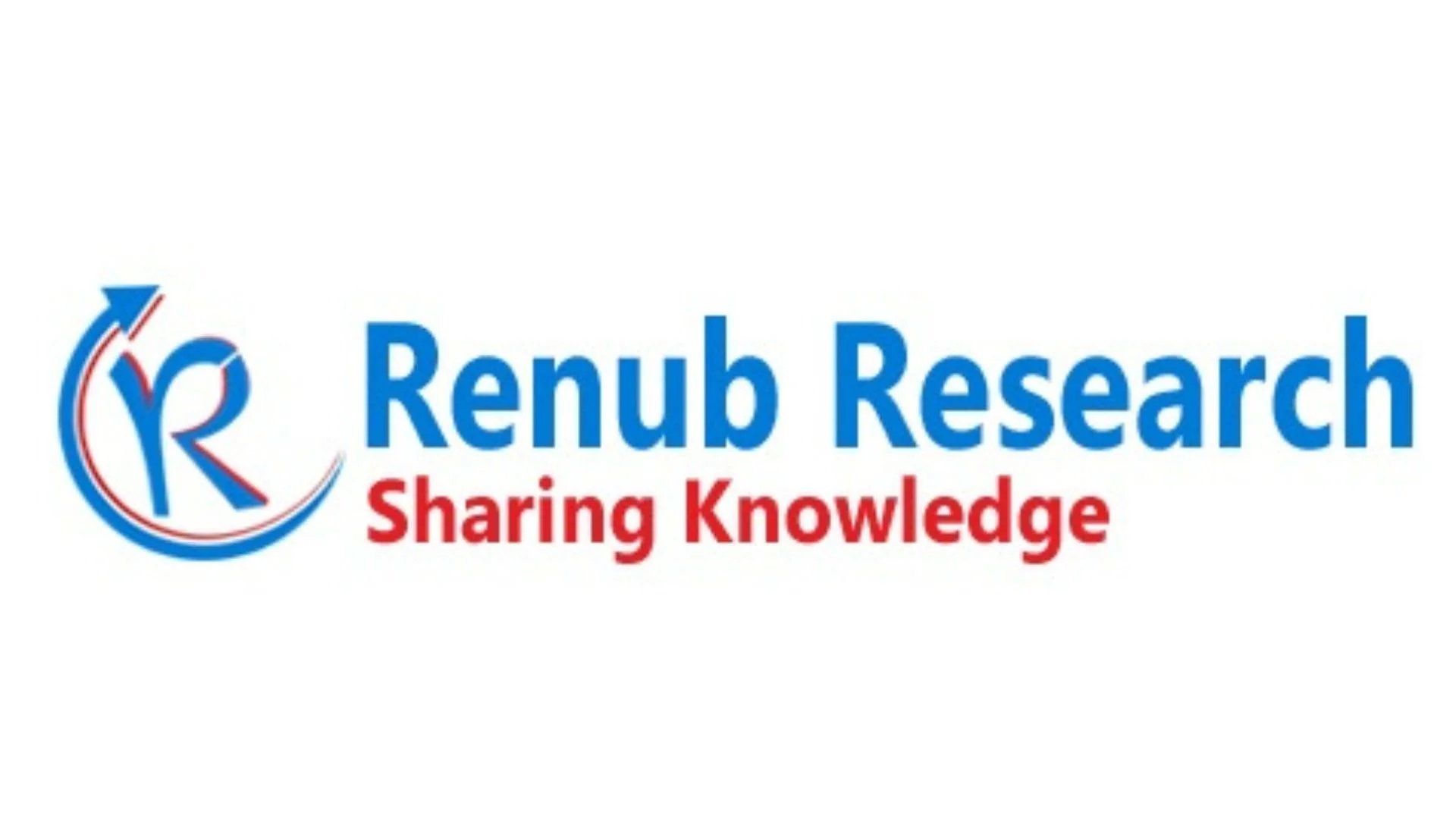United States Hair Wigs and Extensions Market Overview
According to Renub Research United States hair wigs and extensions market is experiencing notable growth, with the market value rising from US$ 2.20 billion in 2024 to an estimated US$ 3.99 billion by 2033, reflecting a strong CAGR of 6.85% from 2025 to 2033. This expansion is driven by evolving beauty standards, growing fashion-conscious consumer bases, rising cases of hair loss, and the influence of social media culture. The market reflects both cosmetic and medical needs, making it diverse and sustainable in its adoption.
Hair wigs and extensions include products designed to alter or enhance hair volume, length, texture, and overall styling flexibility. Extensions are added to existing hair, while wigs provide full coverage. Both are available in human hair and synthetic variants, with increasing improvements allowing them to closely resemble natural hair. The rise of beauty influencers and digital hairstyling tutorials has pushed these products into mainstream grooming and personal style routines across age groups and genders.
Expanding Acceptance Driven by Beauty and Personal Style Trends
One of the defining contributors to market growth is the cultural shift toward personalized beauty and creative styling. Consumers use wigs and extensions not only to enhance appearance, but also to explore hairstyles without chemical treatment, heat damage, or long-term commitment. Younger consumers, particularly in urban markets, regard hair extensions as everyday fashion accessories similar to makeup and nail aesthetics.
The power of celebrity appearances, red carpet looks, music culture, and short-form video trends on platforms such as TikTok and Instagram continues to accelerate demand. This visual culture encourages consumers to experiment more frequently, boosting both premium and entry-level product segments.
Growth in Medical and Therapeutic Demand
Beyond fashion, there has been an increase in demand from individuals experiencing medical hair loss conditions such as alopecia, cancer treatment side effects, scalp infections, and stress-induced thinning. Medical-grade wigs have evolved to become lightweight, breathable, and discreet—supporting emotional confidence and psychological well-being. Hospitals, dermatology clinics, and licensed medical wig providers now work closely with manufacturers, making this segment increasingly structured and supportive.
Technological Advancements Enhancing Realism and Comfort
Innovation plays a pivotal role in elevating consumer trust and satisfaction. New manufacturing techniques, such as lace-fronts, monofilament bases, HD lace technology, and thermally resistant synthetic fibers, offer enhanced breathability, comfort, and natural appearance. Human hair extensions have also improved in texture matching, allowing better blending for diverse hair patterns, especially within multicultural markets.
Novel solutions like digital fitting tools, 3D customization, improved adhesive bonding systems, and realistic scalp designs reduce past concerns around detectability and discomfort. Additionally, texture diversity—coily, curly, wavy, and straight—has expanded accessibility for various ethnic and cultural consumer groups.
Increasing Adoption Among Men and Broader Gender Inclusivity
While wigs and extensions were traditionally viewed as products marketed to women, the U.S. is seeing increasing adoption among men. Reasons include rising awareness of male pattern baldness solutions, increased emphasis on grooming, and reduced stigma regarding cosmetic enhancements. Male consumers are seeking natural-looking hair pieces that blend seamlessly, particularly those that offer non-surgical alternatives to hair transplants. This shift supports inclusive beauty market expansion and positions the segment for sustained growth.
👉 Want to explore detailed market trends, segment insights, and forecasts? 🔗 Request Sample Report
Market Challenges Affecting Consumer Adoption
Despite the strong growth outlook, the market faces two prominent challenges: high cost and proliferation of counterfeit products.
High-quality human hair wigs and extensions are expensive to source and maintain. Regular cleaning, styling, and professional installation contribute to ongoing expenses, which can create barriers for price-sensitive consumers. Meanwhile, cheaper synthetic alternatives may not provide the same level of realism or longevity.
Additionally, unregulated online marketplaces have allowed low-quality and counterfeit products to spread widely. These products not only affect brand reputation but may also harm consumers through allergic reactions or hair damage. Manufacturers are now adopting authenticity verification systems and supply chain transparency to maintain consumer trust.
United States Hair Wigs Market Insights
The hair wigs segment remains dominant due to its dual role in fashion styling and medical use. Human hair wigs continue to lead the premium category, driven by their natural flow, durability, and ability to be styled with heat tools. Synthetic wigs, however, appeal to budget-conscious consumers and those seeking low-maintenance wear. Innovations such as glueless wigs, undetectable hairlines, and breathable cap designs have made wigs suitable for daily use rather than occasional use.
United States Hair Extensions Market Insights
Hair extensions are experiencing steady demand as consumers increasingly seek versatility, length enhancement, and fullness without chemical treatments. Types such as clip-in, tape-in, sew-in, and fusion extensions provide varying levels of permanence. Clip-ins and tape-ins are gaining traction for ease-of-use, while sew-in extensions remain popular within textured hair communities. Social media hairstylists continue to influence extension trends, driving brand recognition and product experimentation.
Human Hair Products as the Premium Market Segment
Human hair wigs and extensions are the most desired product category due to their authentic texture and ability to be colored, curled, or straightened naturally. This segment, however, faces high production costs and ethical sourcing concerns. Consumers increasingly prefer brands that provide transparency in sourcing, fair-trade assurance, and sustainable production. Premium pricing does not deter purchase among fashion professionals, long-term users, and consumers with medical hair requirements.
Women as the Primary Market Drivers
Women represent the largest consumer base due to personal grooming trends, beauty influencer culture, and rising hair health awareness. Hair thinning caused by stress, aging, and hormonal changes has also contributed to increased product adoption. Online platforms offering tutorials, style inspiration, and product reviews have strengthened consumer confidence and broadened product discovery.
Growth of Clip-In Hair Wigs and Extensions
Clip-in wigs and extensions are among the fastest-rising categories. They are valued for ease of application, temporary styling benefits, and suitability for special events or daily use. Updated clip designs, lightweight hair tracks, and improved color matching enhance comfort and adaptability. This segment is popular among students, working professionals, and influencer communities due to its convenience-driven appeal.
Importance of Offline Retail Experience
Despite the surge in online sales, offline retail remains critical. Physical stores, beauty boutiques, and professional salons provide consultation, texture matching, and customized fitting services that cannot be replicated entirely online. This is particularly important for premium human hair products, where consumers prefer to evaluate quality firsthand. Salon partnerships and beauty trade events continue to drive personalized product adoption.
Regional Market Leadership in the United States
California leads the market due to high fashion adoption, celebrity influence, and diverse hair texture needs.
New York ranks similarly high, supported by urban fashion culture, theater productions, and luxury salon demand.
Washington and other emerging states show growth from sustainability-focused consumers and expanding salon networks.
Market Segmentation Overview
· Product: Wigs, Extensions
· Material: Human Hair, Synthetic Hair
· End Users: Men, Women, Children
· Fitting Types: Clip-in, Micro Link, Glue-in
· Distribution: Online and Offline Retail
· Key States: California, New York, Texas, Florida, and more
· Leading Companies: Aderans Co. Ltd., Indique Hair, Shake-N-Go, Donna Bella Hair, and others
👉 For deeper analysis, detailed segment data, and company insights: 🔗 Request Customization Report
Note: If you need details, data, or insights not covered in this report, we are glad to assist. Through our customization service, we will collect and deliver the information you require, tailored to your specific needs. Share your requirements with us, and we will update the report to align with your expectations.






